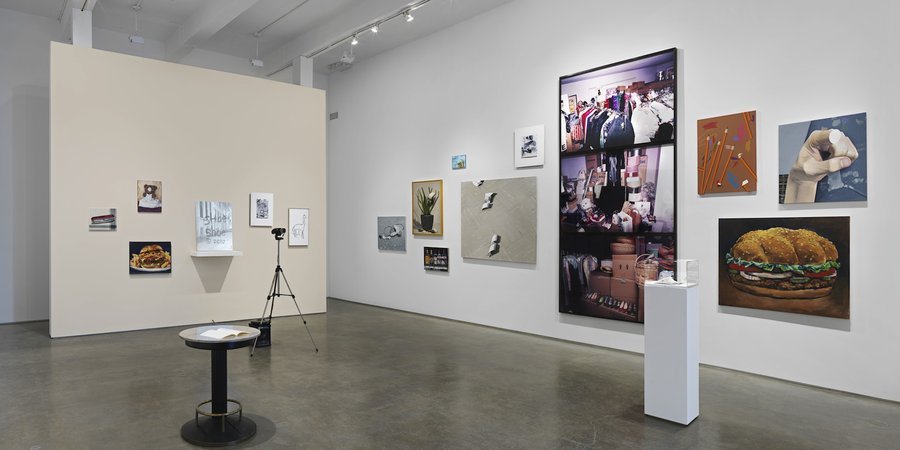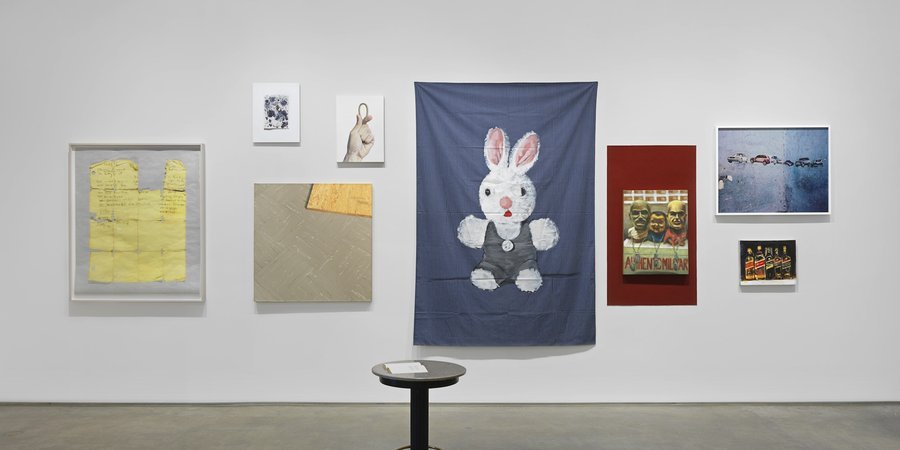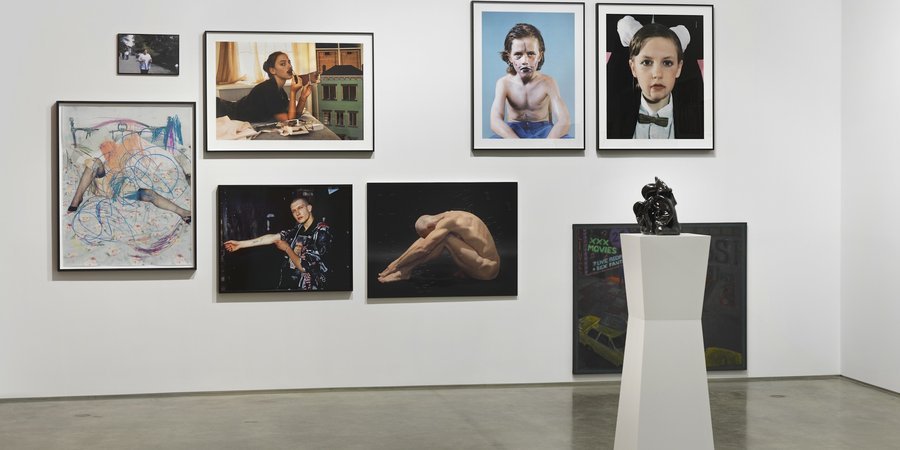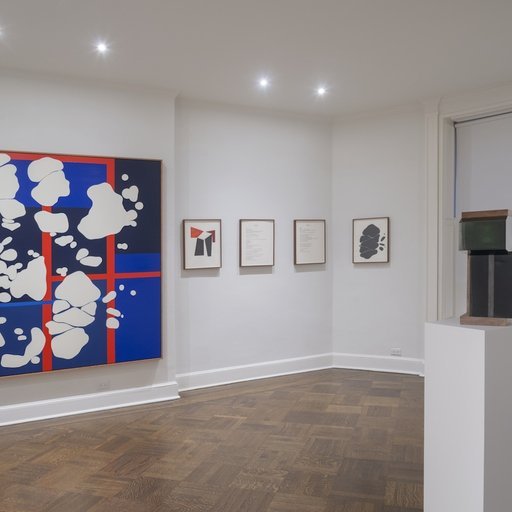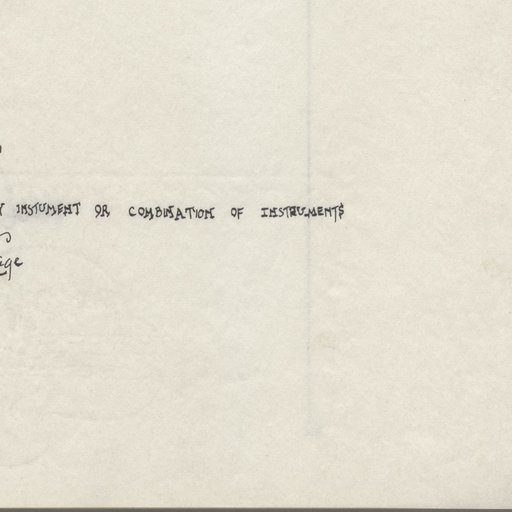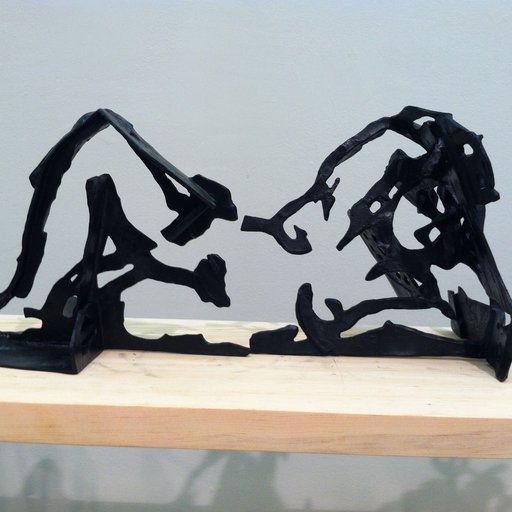The latest Metro Pictures exhibition, "Bad Conscience," may seem to have an ironic title, given that the exhibition's curator, the artist and writer John Miller, has organized a show of his friends, associates, and collaborators. Themes of unease bubble beneath the surface—but the audience can only benefit from the wide range of artists of all genres and ages Miller has brought together for this fascinating group show. Through paintings, photographs, and moving images by artists the likes of Marilyn Minter, Wangechi Mutu, Aura Rosenberg, Lyle Ashton Harris, Dan Graham, and Artspace's own resident artist/columnist Walter Robinson, Miller creates a lively dialogue that questions and redefines this enigmatic title.
An academic streak runs through the show, as Miller brings to light his role as not only as an artist and curator but also as a teacher. The group includes some of Miller's former students at Columbia—Caleb Considine, Greg Parma Smith, and Matt Watson—who have become sucessful realist painters in their own right. Watson's works, portraits of his other former professors Nic Guagnini and Kara Walker, were made in exchange for a work by each of the artists he painted, posing a commentary within a commentary on the role of the teacher and the taught, or subject and artist. Those relationships also hold a particular interest for Miller: his forthcoming 2015 book Educational Complex examines Mike Kelley's work of the same title, in which the artist created a model mashup of every school he had attended as well as his childhood home. (Kelley and Miller were classmates at CalArts.)
The title, "Bad Conscience," lends itself to describe many kinds of discomfort or difficulty—in maintaining relationships, in attempting an accurate portrayal, or in taking away a broader message from a work of art. It's a sentiment that reflects Miller's own work. "Most of my imagery has a stodgy aspect, and plays with that as a theatrical trope," Miller told Liam Gillick in 2012, in BOMB magazine. "It’s a pedantic posture. Instead of subversion, I would assign the value of dysfunction to painting." That kind of dysfuction in clearly on display in the paintings and drawings in the Metro Pictures exhibition.
On the more subtle end of the spectrum are Minter's paintings of spilled coffee or Guagnini's crumpled sculptures, while while the work of Rosenberg (Miller's wife) quite literally calls the title into play with a riff on Freud's famed case study of "Little Hans," a five-year-old boy with a crippling phobia of horses. Jane Dickson's painting of a 1981 strip club in the formerly seedy Times Square not only makes an obvious reference to "badness" but also questions our own cityscape's changes, for better or worse. The densely packed presentation, with sometimes over a dozen works on a wall, only builds on that anxiety in a madcap but ultimately supercharged display.











